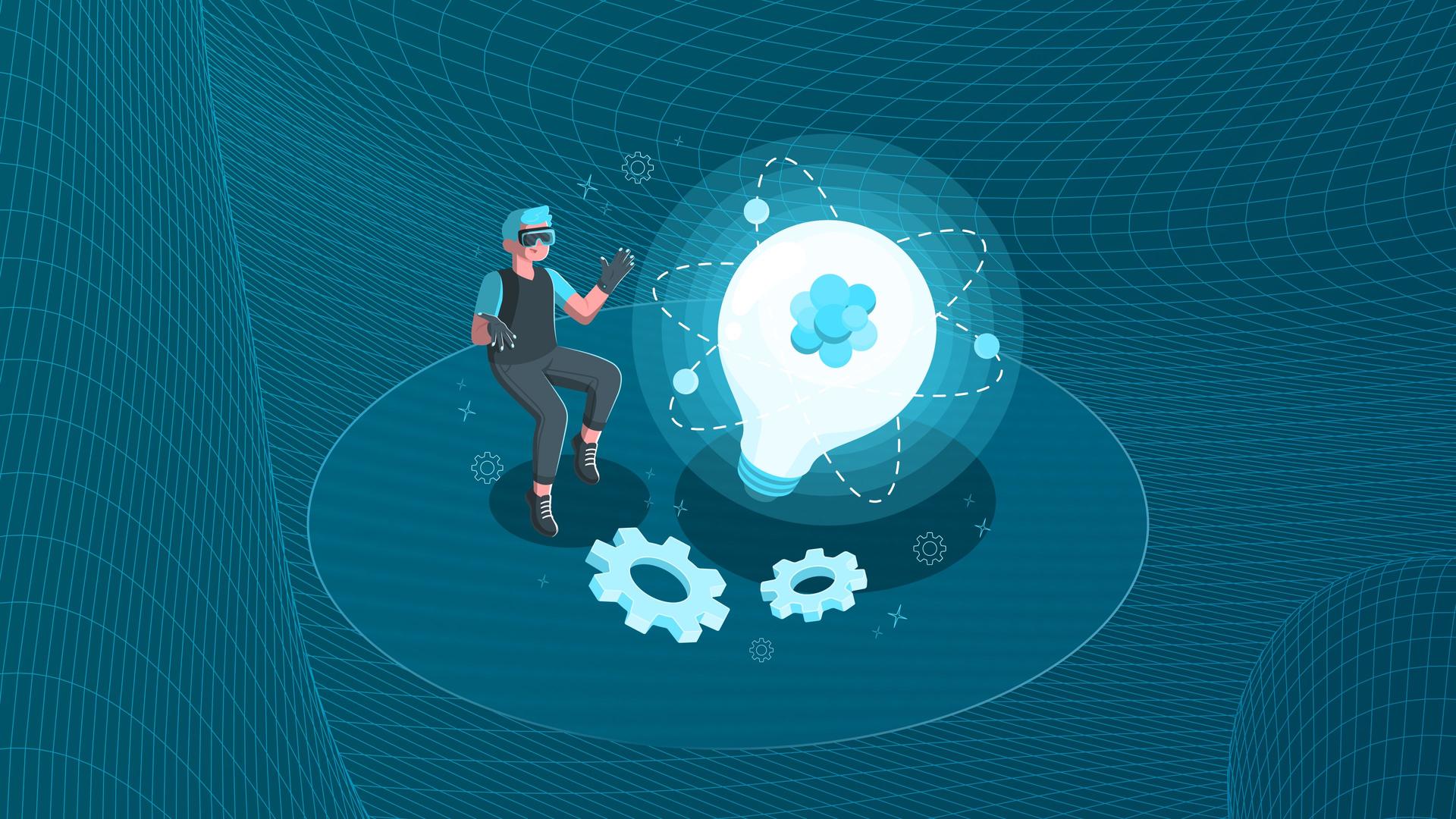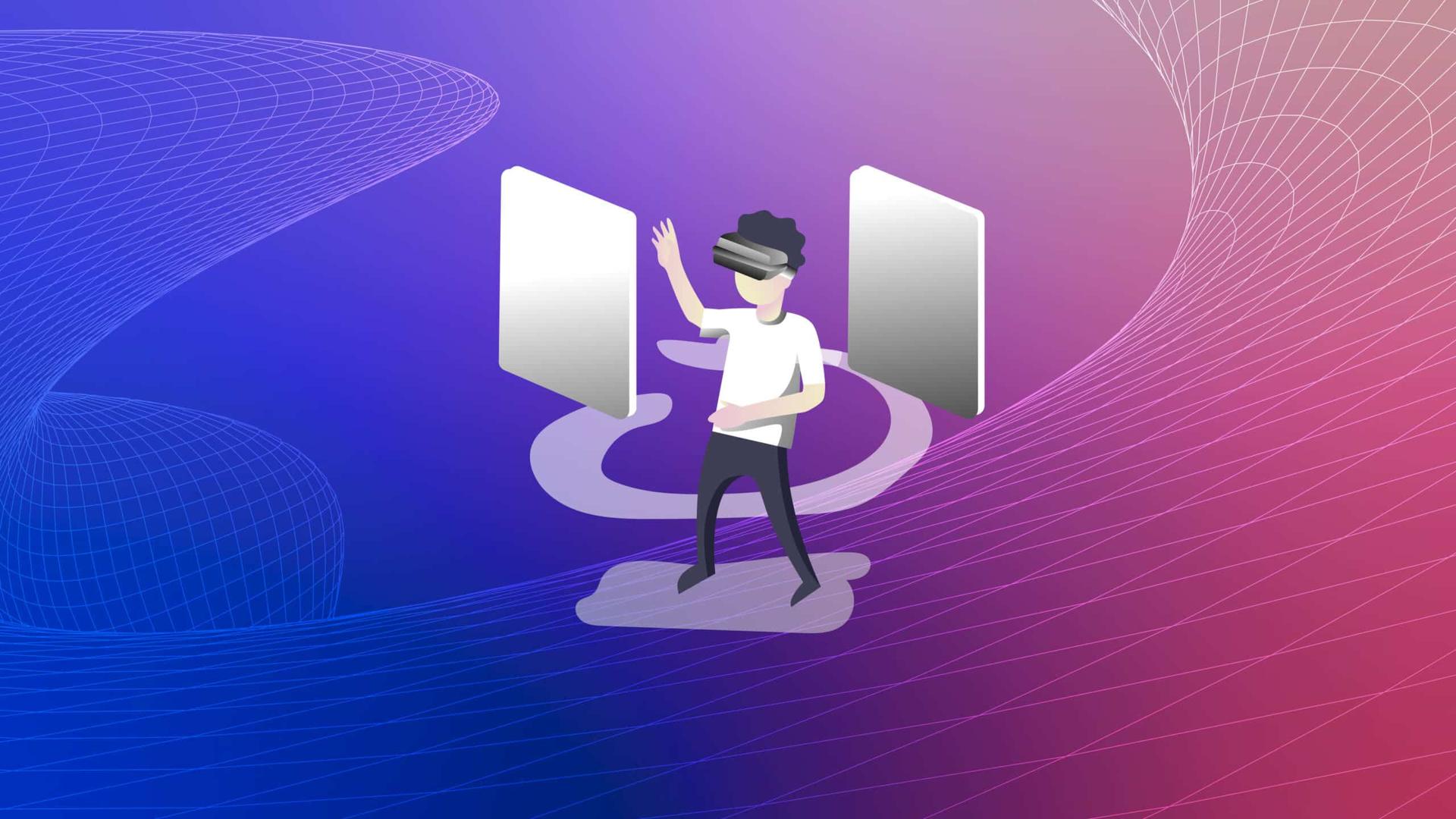7 Key Technologies That Are Powering the Metaverse

The idea of a metaverse, a digital universe parallel to our own, has captured the imaginations of technologists, gamers, and futurists worldwide. But what technologies are enabling this transformation from concept to reality? This post from Metatstack examines the seven key technologies powering the metaverse, shaping our virtual experiences, and pushing the boundaries of digital possibility.
The Metaverse Technology: An Evolving Digital Ecosystem
The metaverse, a term now synonymous with cutting-edge digital technology, refers to a shared, virtual space that's dynamically created and accessed via the internet. This space converges physical and virtual reality, creating a fully immersive, 3D digital environment.
Get more insights into the concept of the metaverse in our detailed article, Understanding the Metaverse.
7 Key Metaverse Technologies Powering the Metaverse
1. Virtual Reality (VR)
Virtual Reality (VR) plays a crucial role in creating immersive metaverse experiences. By offering a fully three-dimensional digital environment that users can explore and interact with, VR is the bedrock upon which the metaverse is built.
2. Augmented Reality (AR)
Augmented Reality (AR) complements VR in the metaverse, overlaying virtual elements onto the physical world. AR adds a layer of digital interactivity to our everyday lives, seamlessly merging the metaverse with reality.
3. Blockchain Technology
Blockchain technology enables decentralization, security, and asset ownership within the metaverse. It allows for the creation and trading of digital assets, and is a key element in developing a truly decentralized metaverse. Our Guide on Blockchain and the Metaverse offers a deep dive into this subject.
4. Artificial Intelligence (AI)
AI metaverse technology is the underlying force that adds intelligence and responsiveness to the metaverse. From personalizing user experiences to driving Non-Player Character (NPC) behavior, AI makes the metaverse feel truly alive and dynamic.
5. 5G and Edge Computing
5G and edge computing provide the high-speed connectivity and low-latency experiences necessary for a seamless metaverse. These technologies allow for real-time interaction with complex digital environments, regardless of user location.
6. Cloud Computing
Cloud computing enables scalable, accessible, and affordable metaverse experiences. By hosting metaverse platforms on the cloud, providers can deliver high-quality, immersive experiences to a wide range of devices, broadening accessibility.
7. Spatial Computing
Spatial computing allows digital objects to exist in three dimensions, enabling users to interact with the digital environment in a more natural and intuitive way. It's a critical technology for creating the immersive, interactive spaces that define the metaverse.
Unleashing the Metaverse: The Role of Technology
As we move further into 2023, these seven technologies continue to intersect, innovate, and evolve, driving the development of the metaverse. The confluence of these technologies is not merely shaping our digital experiences but is also influencing how we perceive and interact with both the physical and digital worlds.
Conclusion
The dream of a fully-realized metaverse is made possible by several key technologies' rapid advancement and convergence. Understanding these technological foundations becomes increasingly important as we venture deeper into this digital realm.
Stay tuned with Metastack as we explore and explain the technology powering the metaverse, enabling you to stay abreast of this exciting and fast-evolving field.



